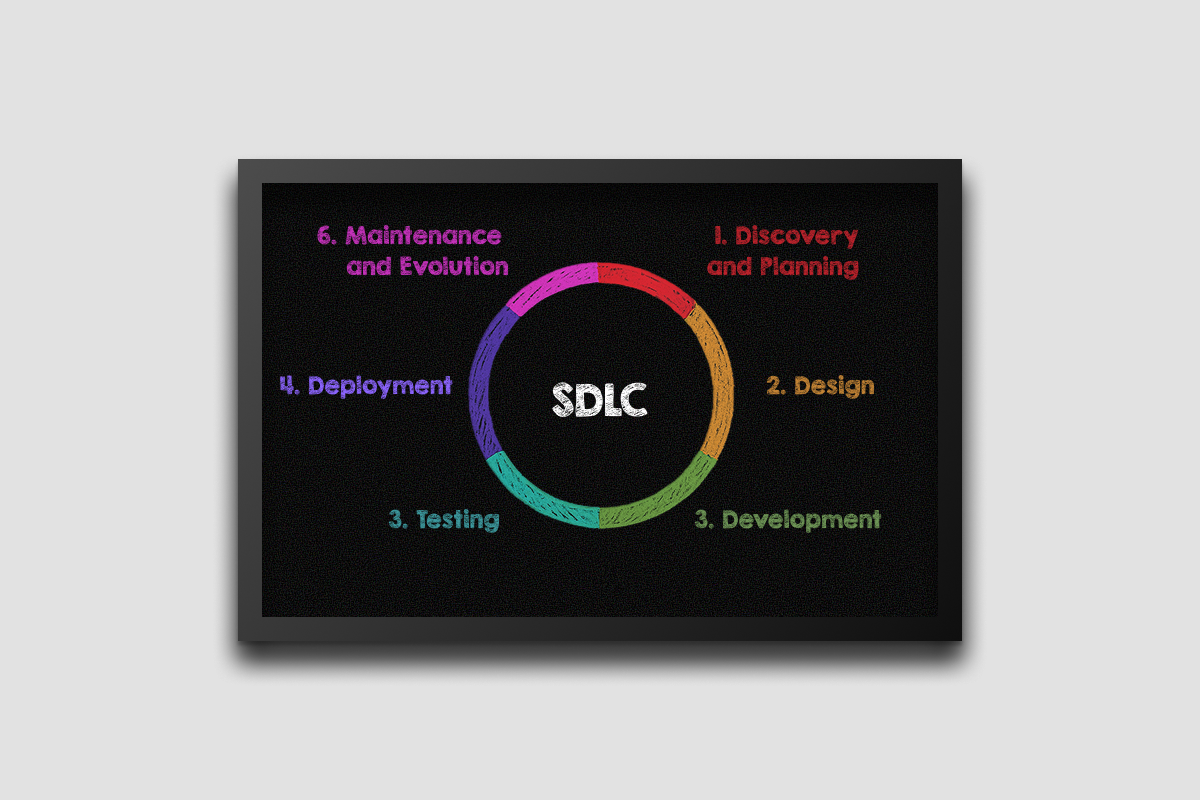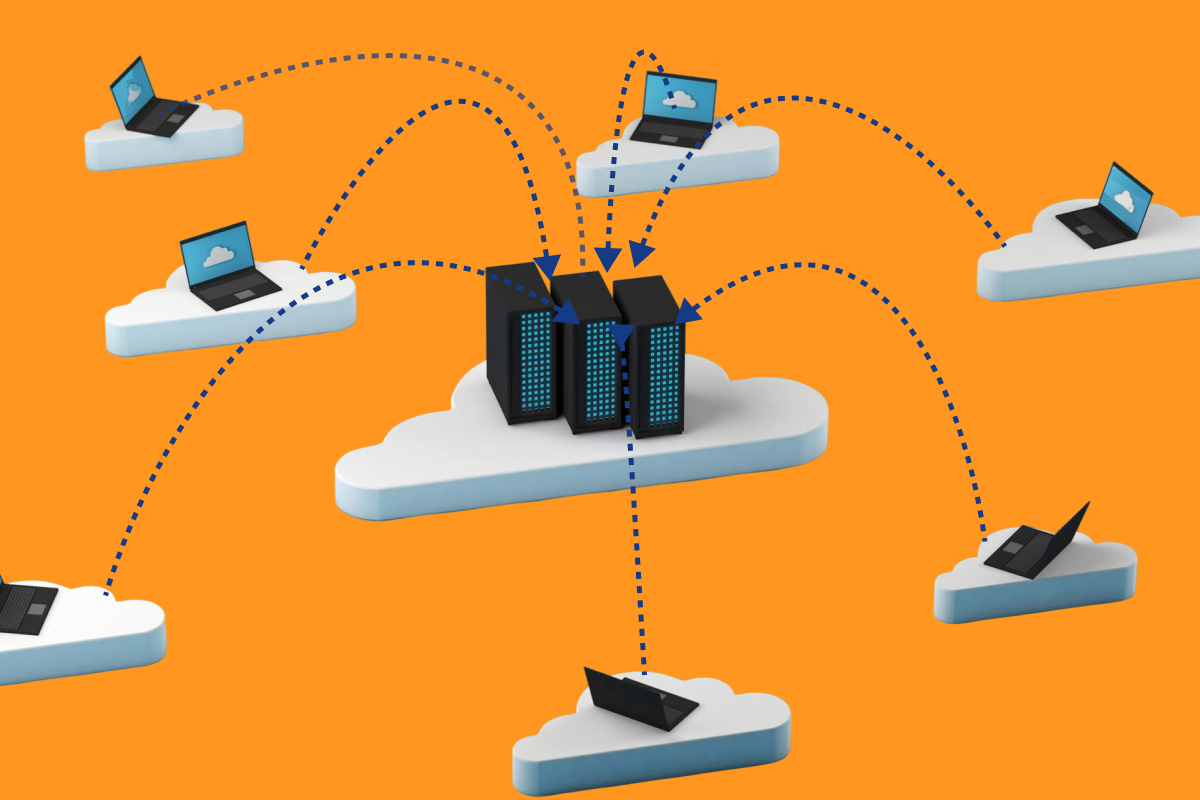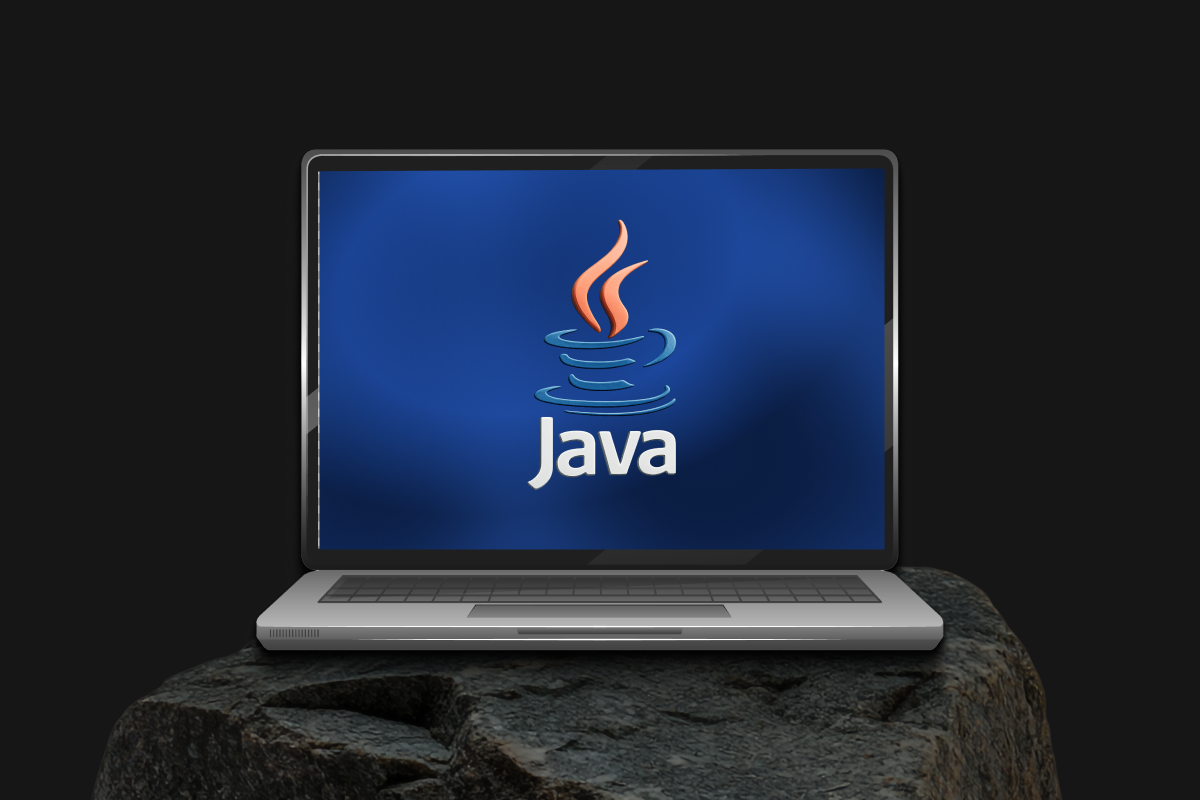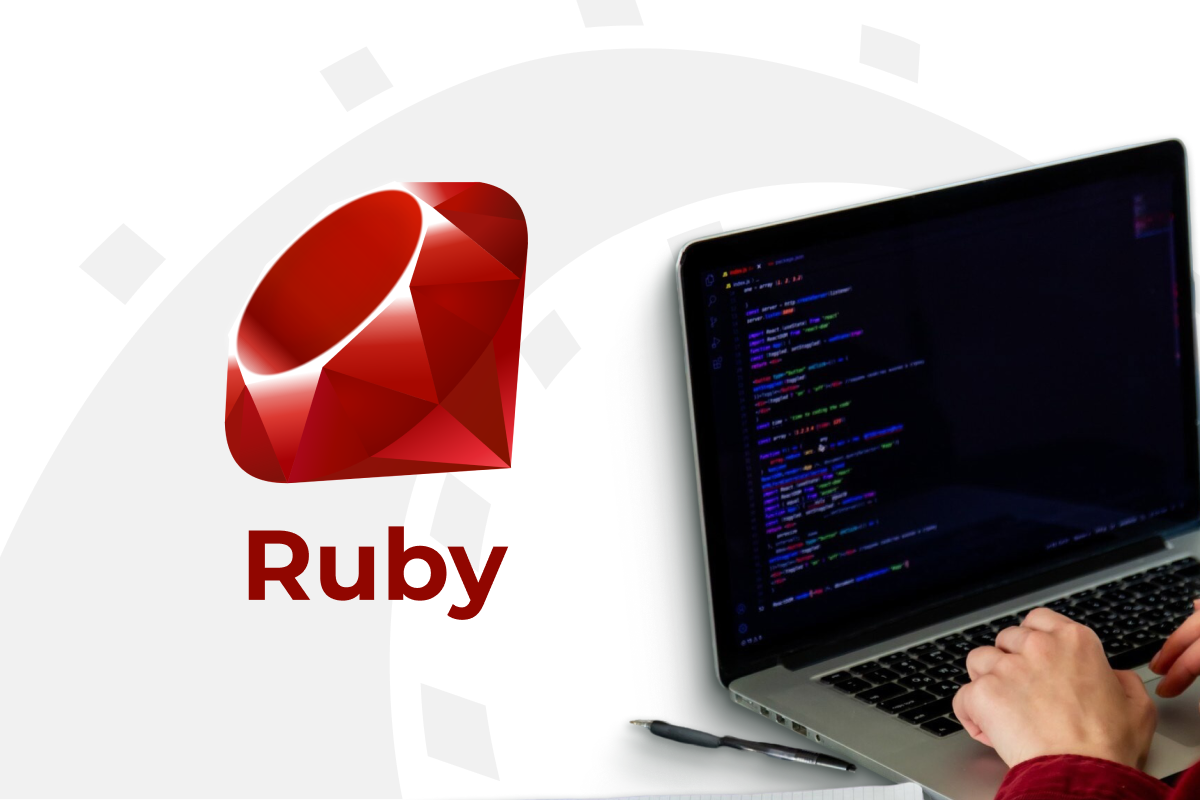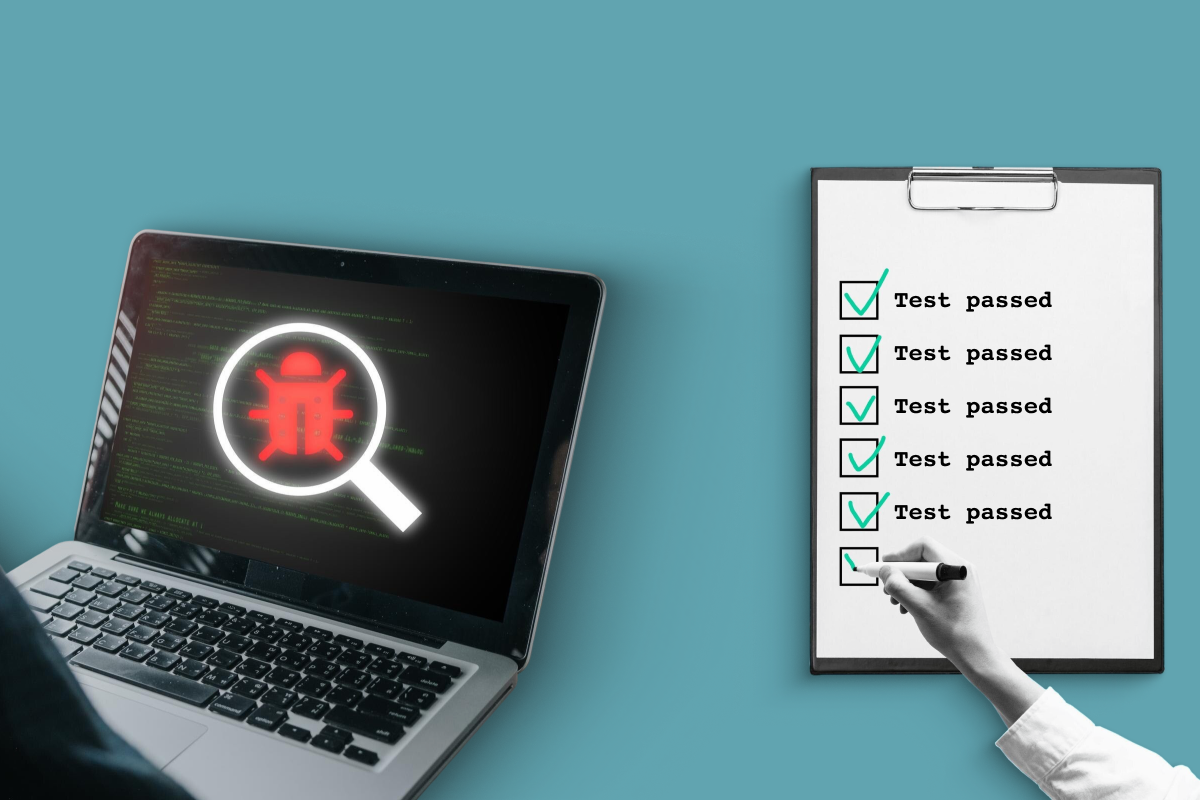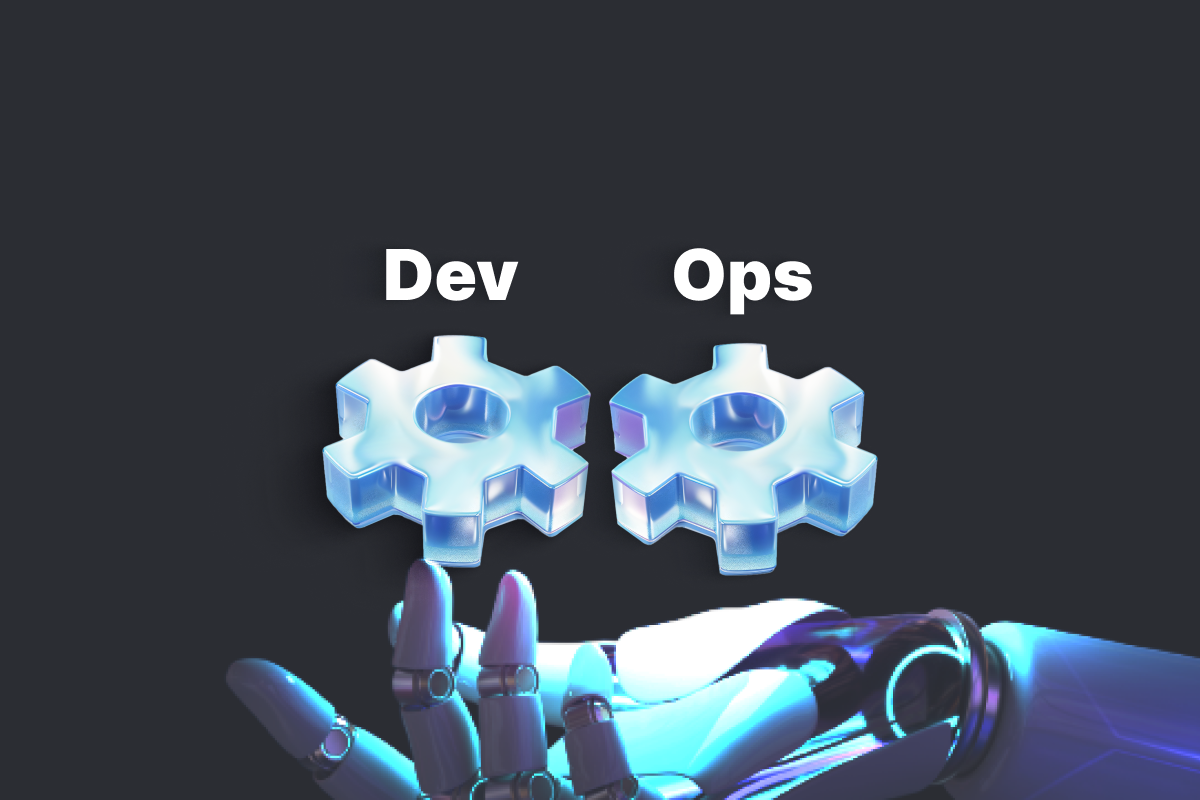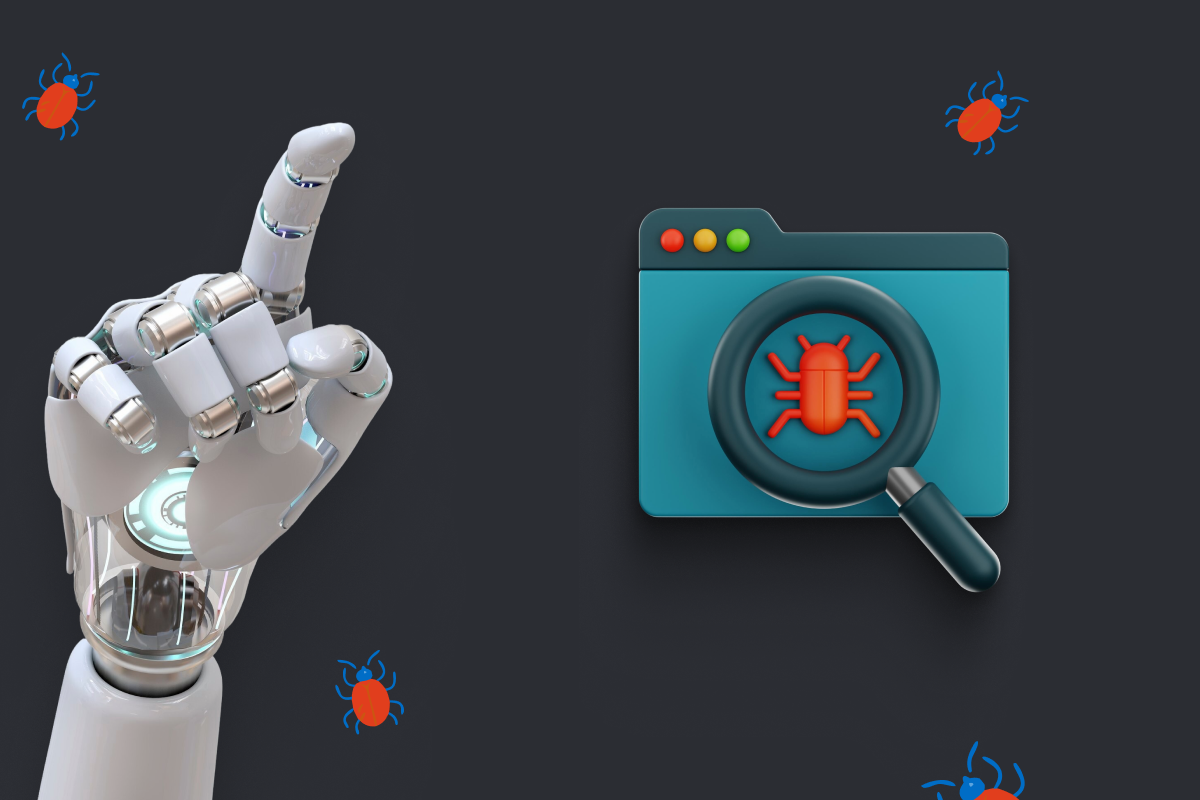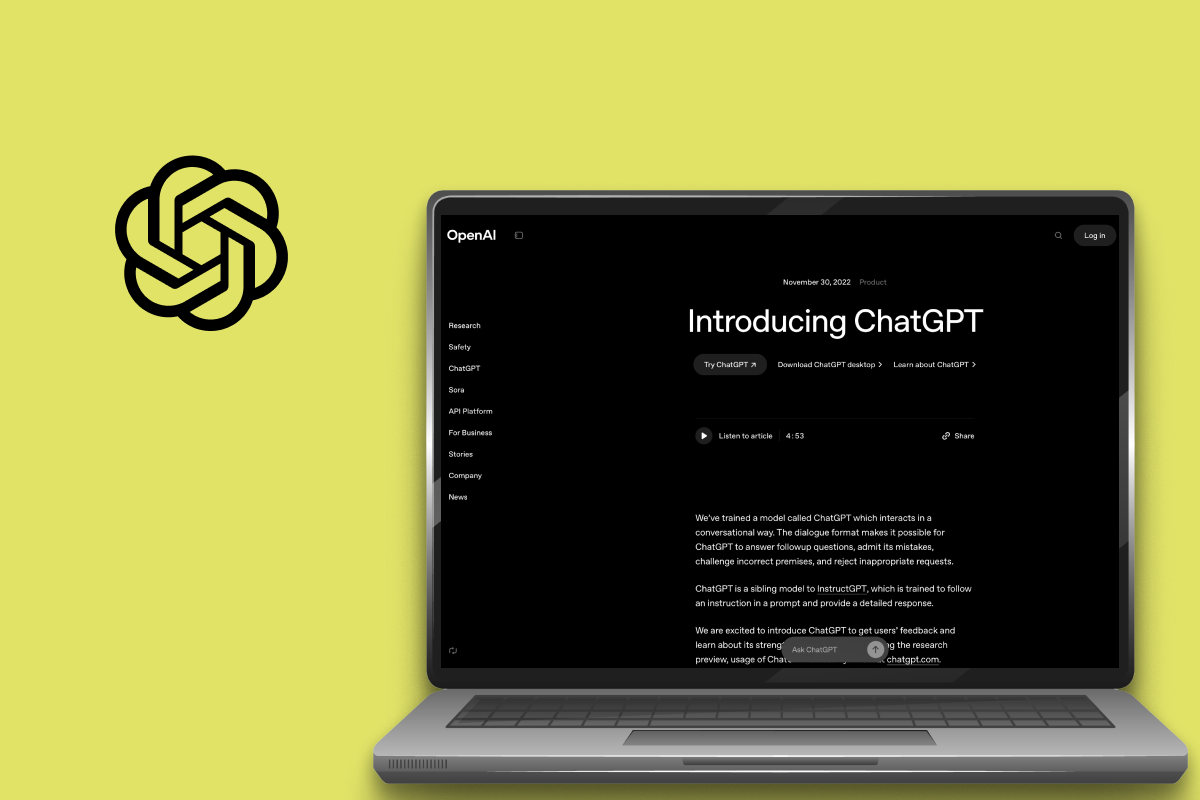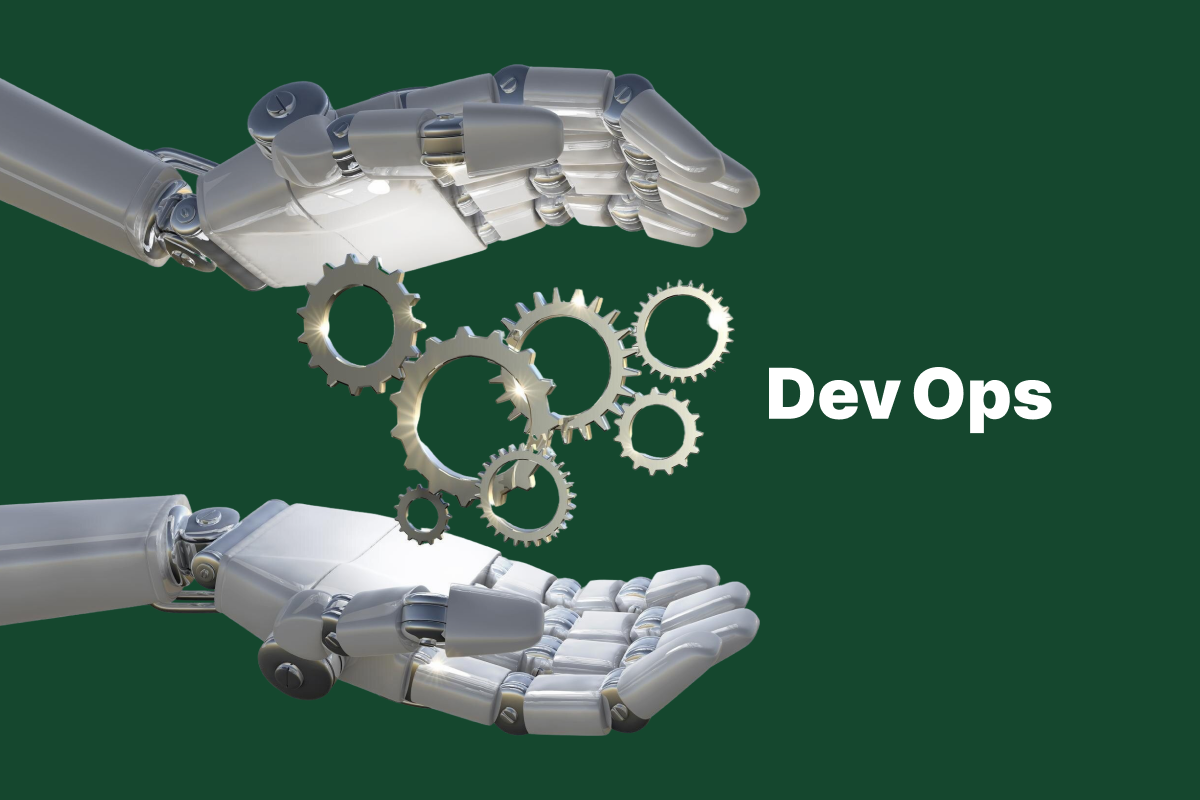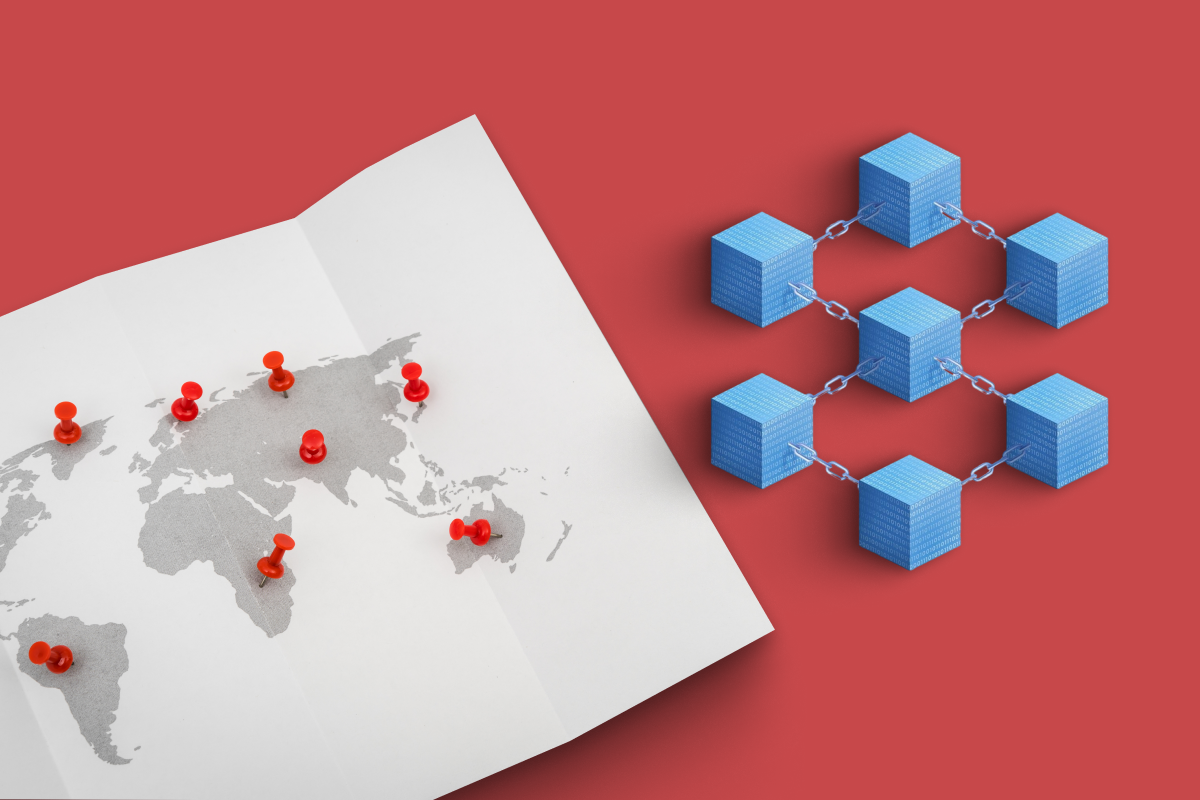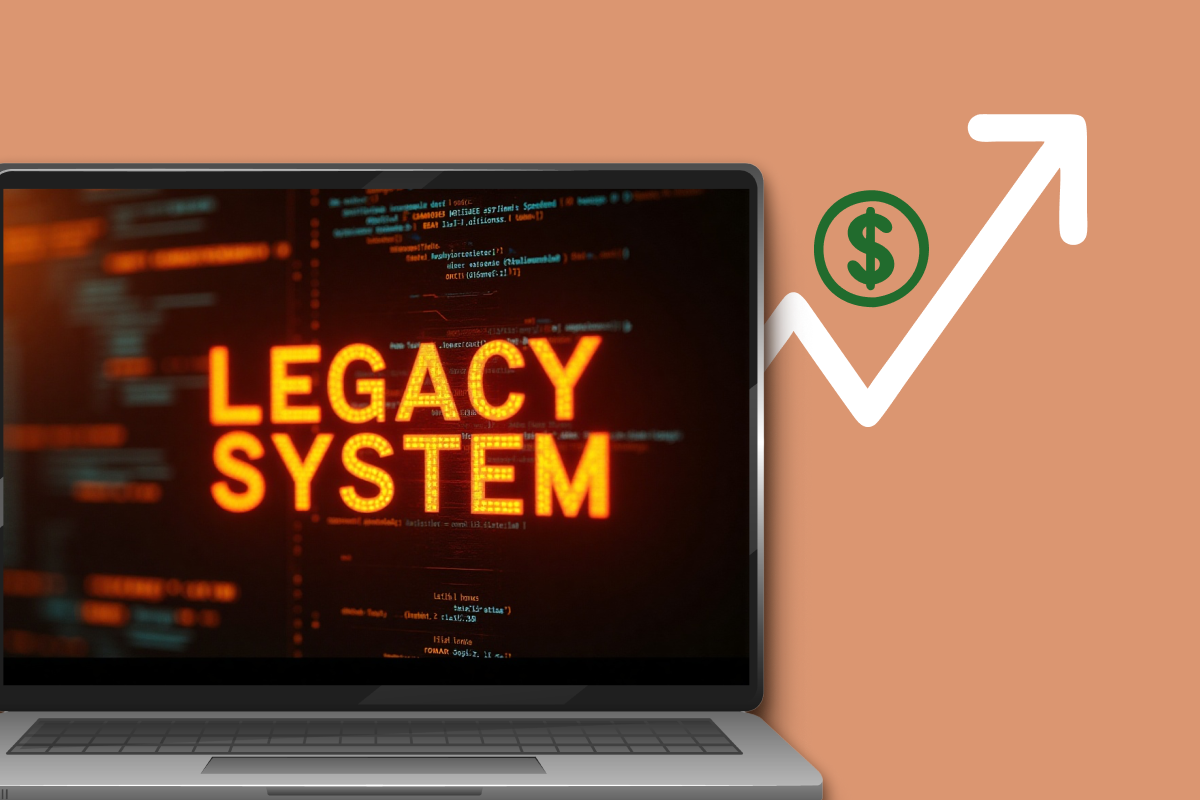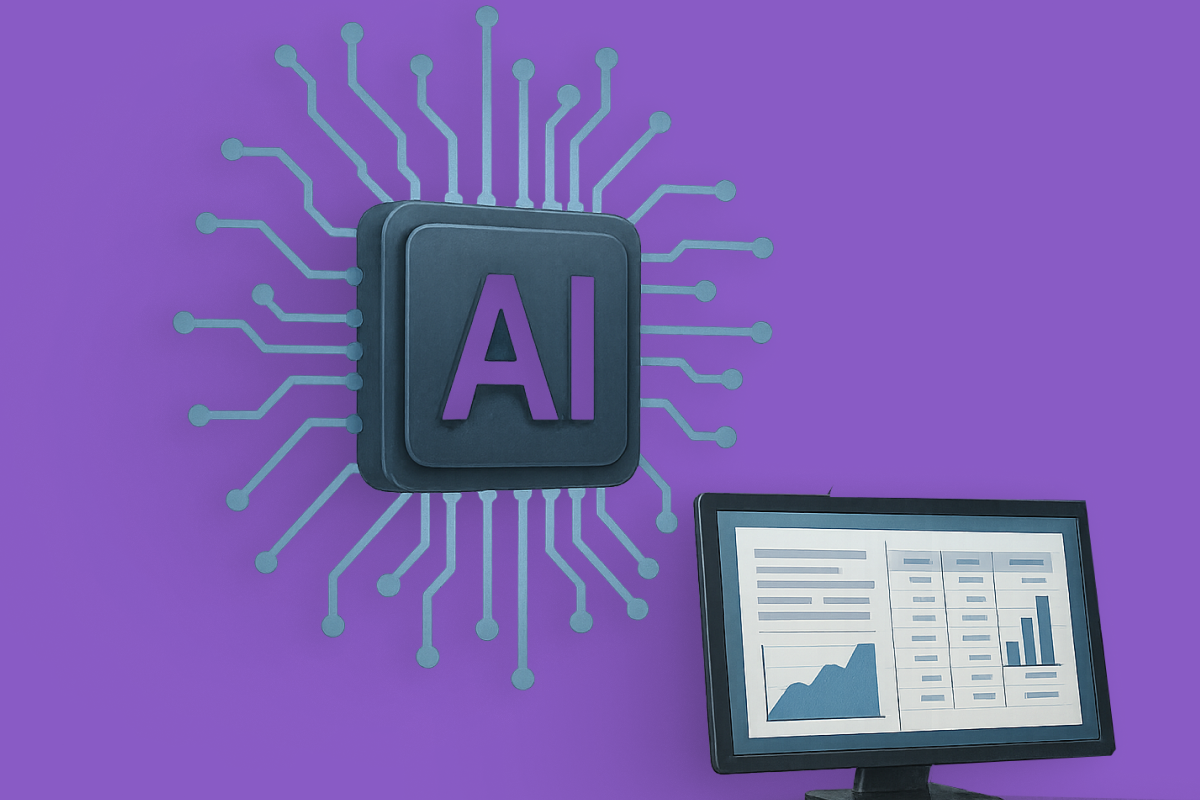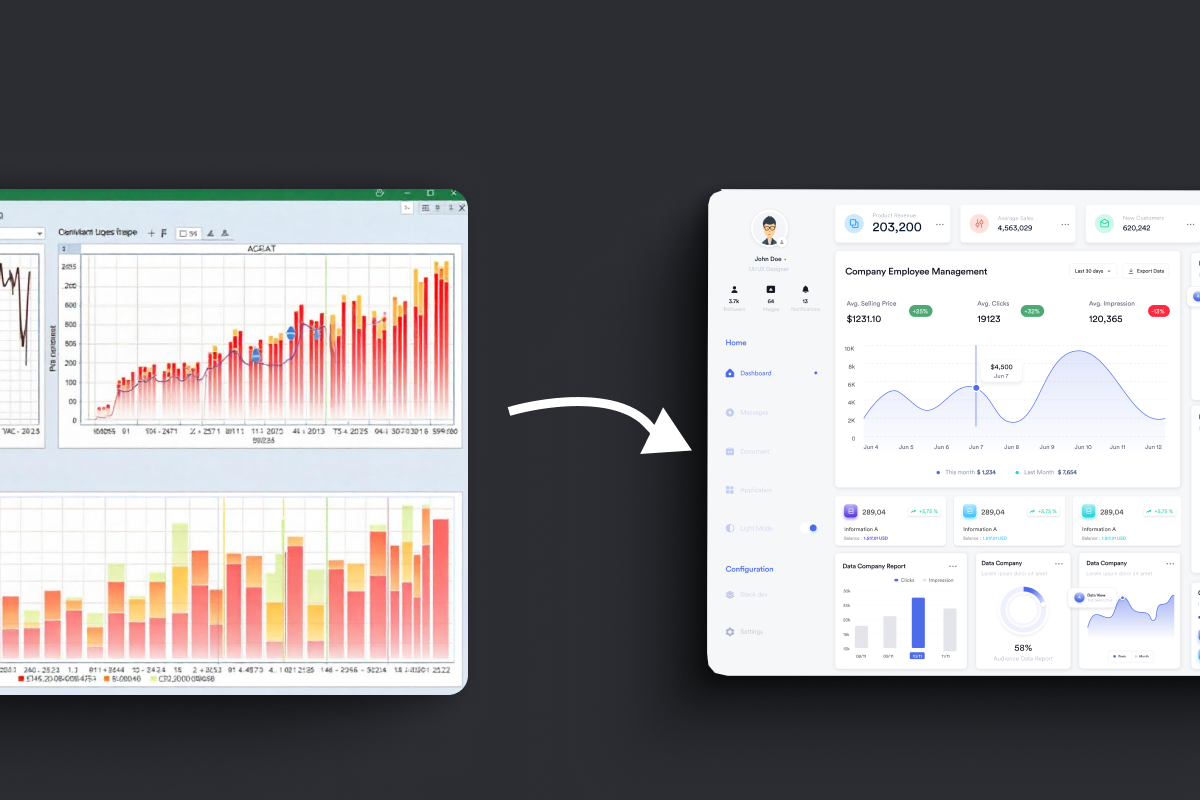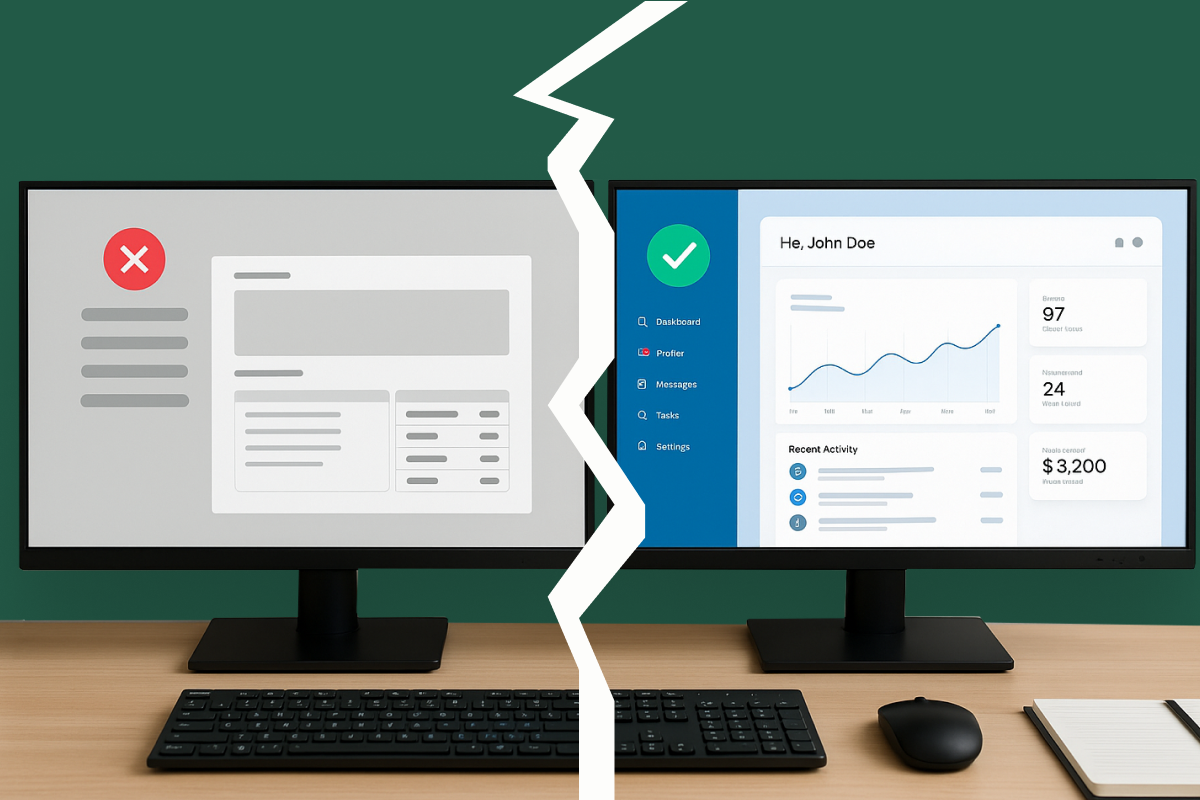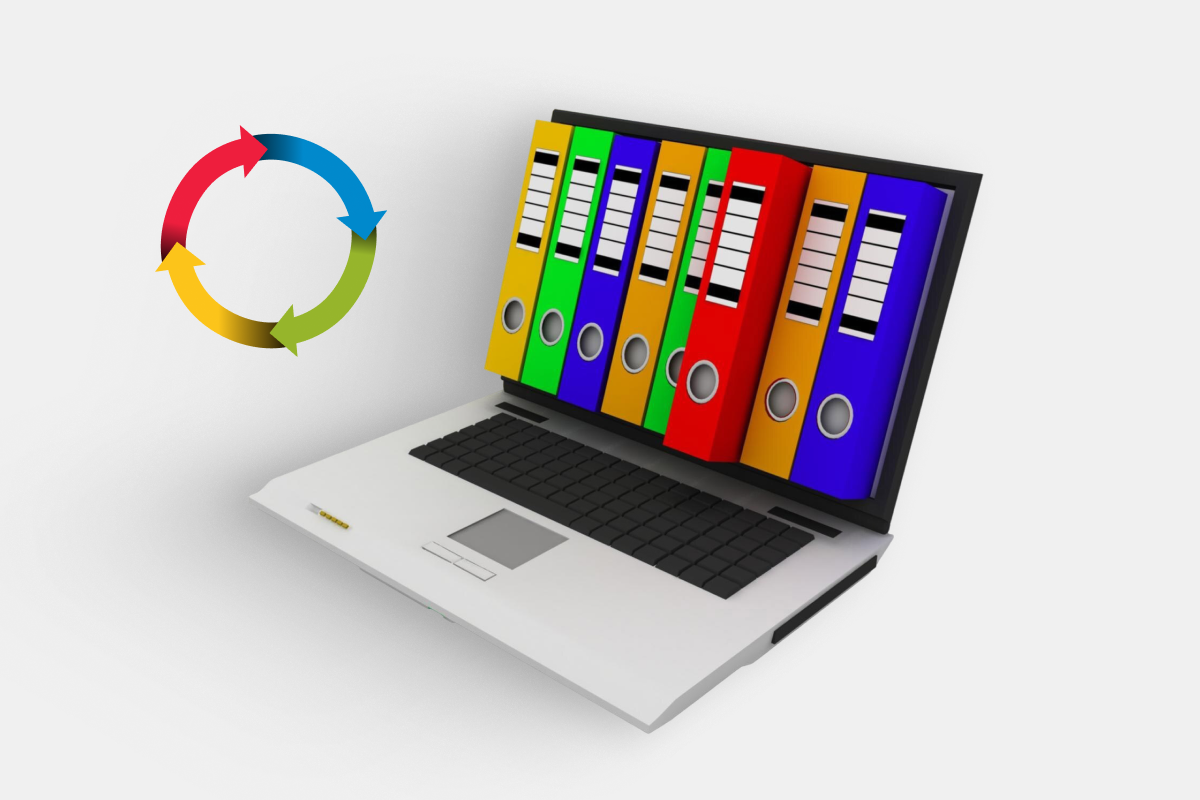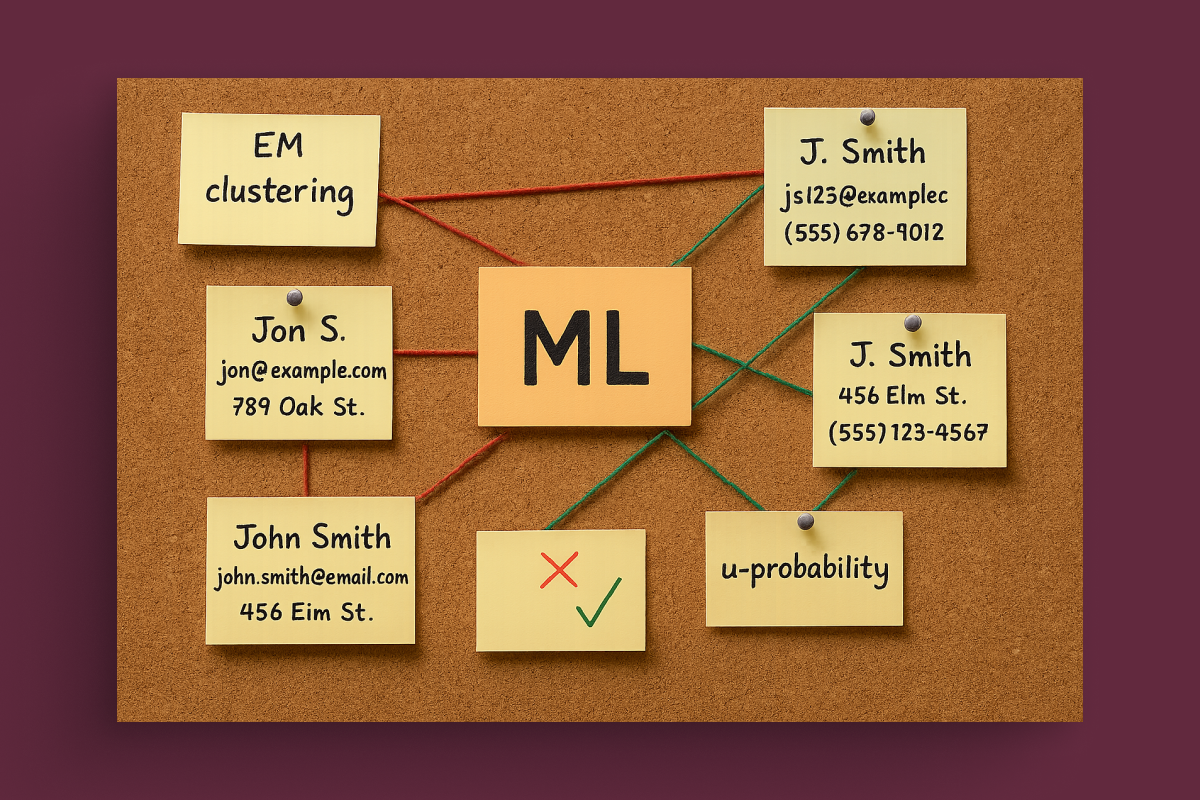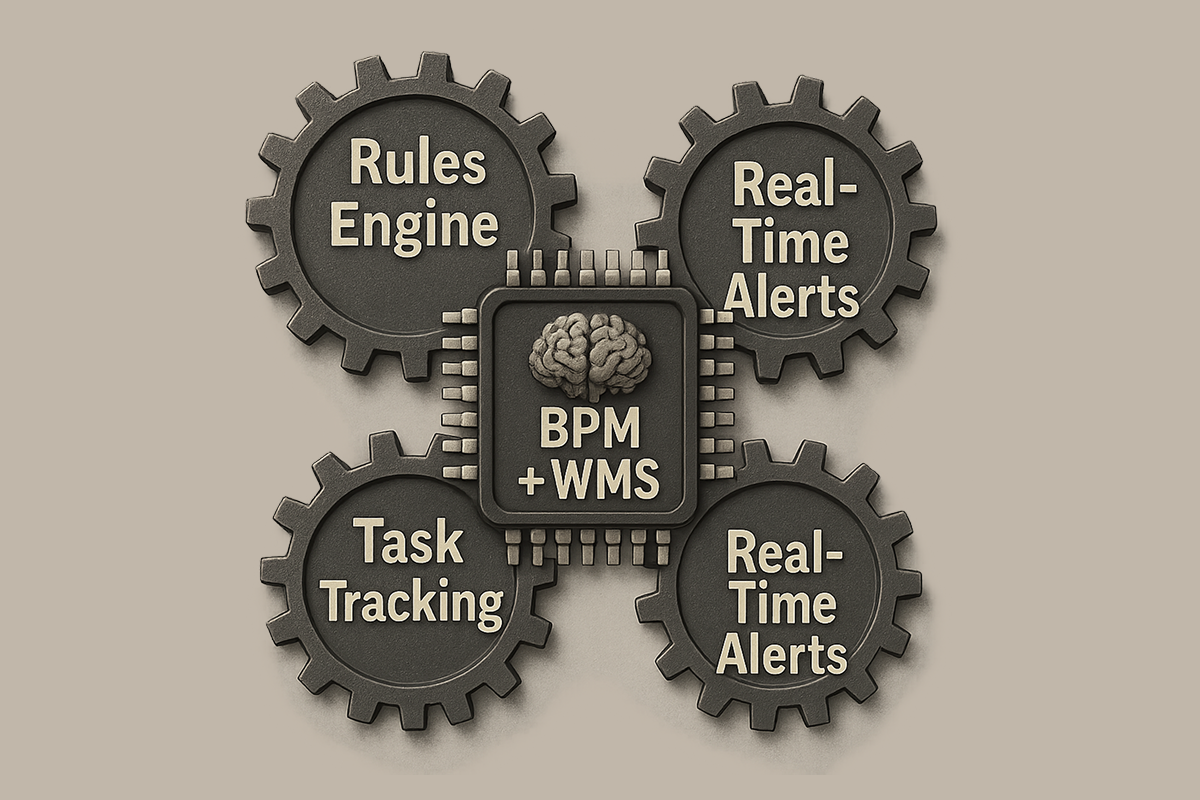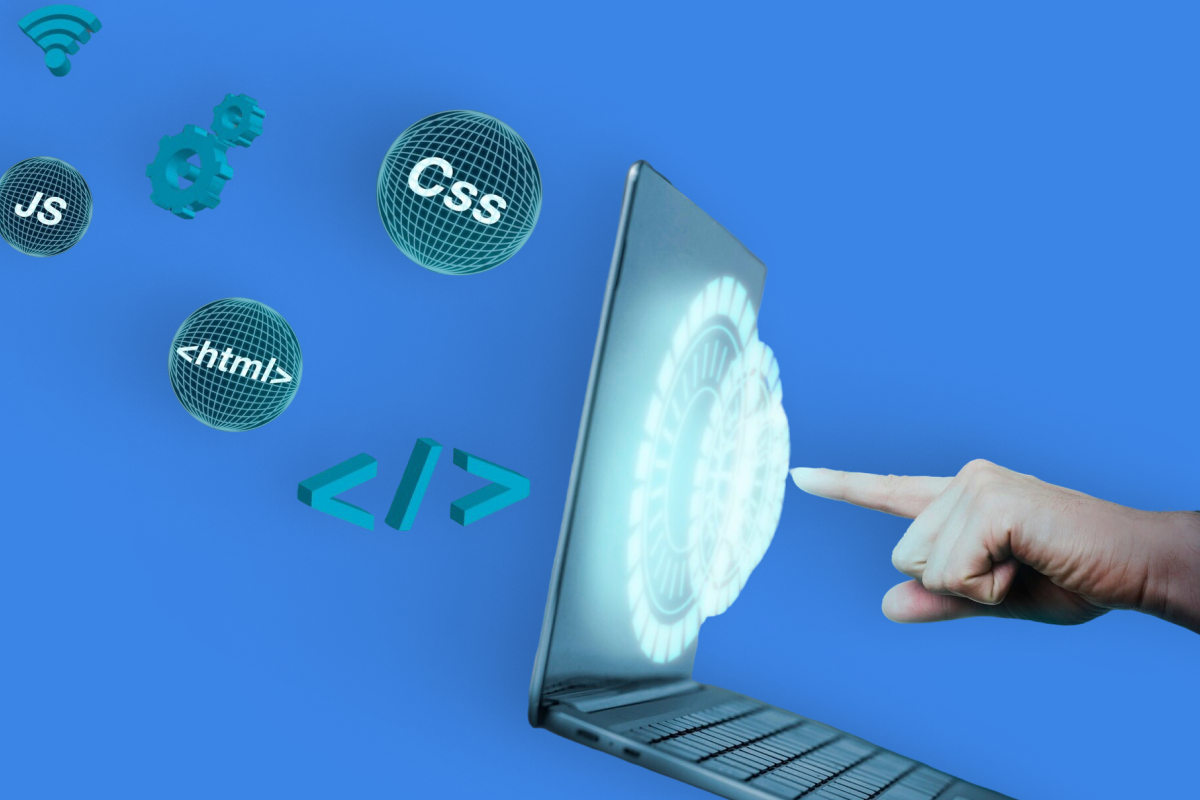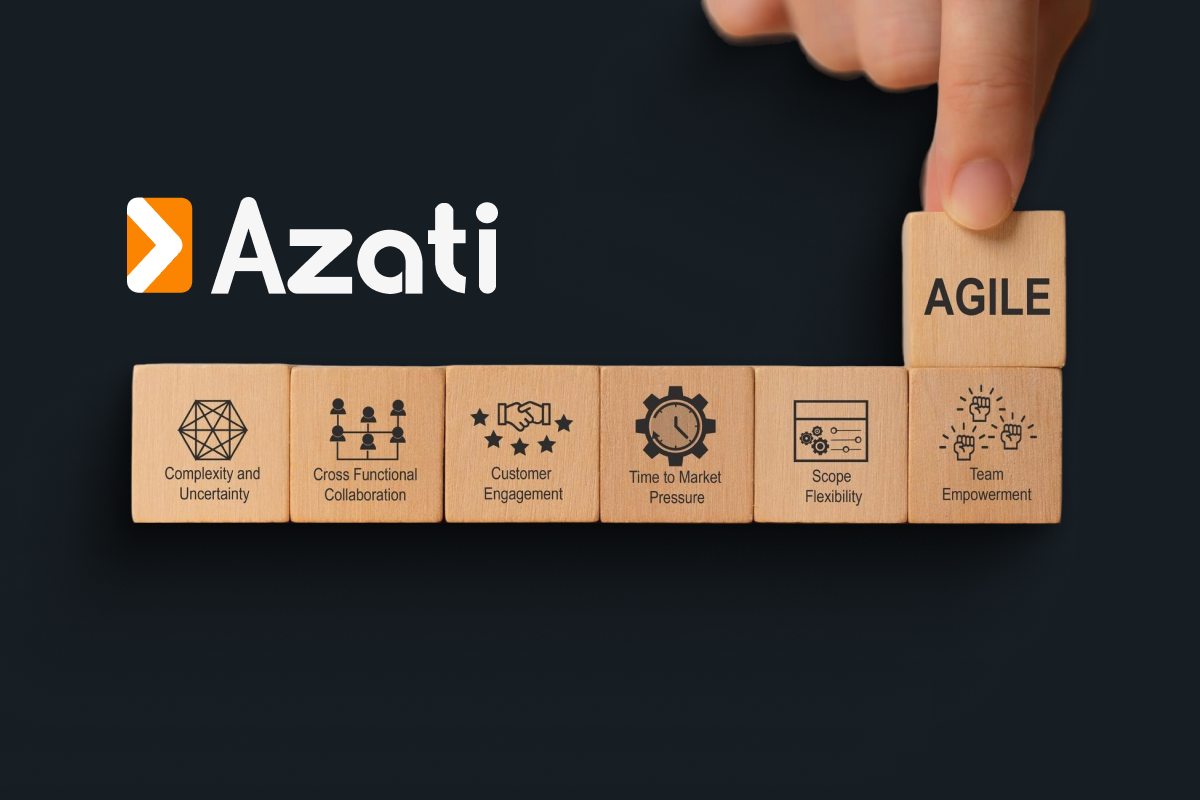You can debate syntax all night, but at budget time the only metric that counts is business impact. Java turns 30 next year, yet 88 percent of the Fortune 500 still rely on it for core revenue-generating systems. That is not nostalgia; it is economics.
Proven, Predictable ROI
- 9 million professional developers list Java as a primary language (SlashData, 2024). A talent pool that large keeps salaries competitive and hiring cycles short. A six-week vacancy for a senior engineer costs on average USD 38 000 in lost productivity - simply because the work does not happen.
- The JVM’s just-in-time compiler closes the raw-speed gap with C++ to single digits but delivers projects 25–35% faster thanks to automatic memory management, static typing and world-class IDEs. Development hours, not CPU cycles, dominate the bill.
Time-to-Market Beats Micro-Optimization
A typical SaaS release requires authentication, logging, monitoring, tracing, database access, messaging, caching, load balancing and CI/CD plumbing before a single line of business logic is written. The Spring, Jakarta EE and Micronaut ecosystems contribute almost 290 000 production-ready artefacts to Maven Central. A build file and one command pull in authenticated OAuth2 flows, circuit breakers, distributed tracing and Grafana dashboards - components that would require months of bespoke engineering in lower-level stacks.
Cost Control in the Cloud Era
You will not run your P&L on benchmark numbers; you pay for virtual-CPU seconds and memory footprint. Two JVM advances radically changed the cost equation:
- Container awareness: Since Java 11 (yes, long time ago) the JVM senses cgroup limits, preventing the notorious “out of memory” incidents that once plagued Kubernetes.
- GraalVM native images: Compile Java services ahead-of-time and cold-start latency drops from 1.5s to 40ms, with memory footprints under 50MB. Companies running autoscaled micro-services report infrastructure savings of 30–50%.
Security You Can Quantify
Gartner estimates that memory-safety bugs account for 70% of critical CVEs in C and C++ systems. The average cost of a data breach now stands at USD 4.88 million (IBM Security, 2024). Languages running on the JVM eliminate entire classes of exploits - buffer overflows, use-after-free, double free - because the virtual machine stops them at runtime. When the OWASP Top 10 reads like your risk register, each avoided category is money in the bank.
And Java’s update cadence is aligned with those security goals: two patch releases per quarter, three-year LTS cycles, and a vendor-neutral ecosystem (Oracle, Red Hat, Eclipse Adoptium, Amazon Corretto, Azul). You negotiate support, not survival.
Vendor Neutrality = Negotiating Power
Applications compiled to native code tie you to CPU families and operating systems. Java bytecode runs unchanged on x86, ARM, IBM and Apple Silicon - exactly the mix that now powers most hybrid-cloud estates. When AWS Graviton, Azure Ampere and Google Tau-T2A arrived, Java workloads migrated with a simple redeploy; C++ shops faced partial rewrites and expensive testing. Hardware portability is leverage during renewal time.
Scaling Without Rewrites
From 50 requests per second in a startup to 50 000 tps in high-frequency trading, the same codebase scales because of three JVM capabilities:
- Adaptive optimization: the JIT watches real traffic and re-compiles hot paths on the fly.
- Virtual threads (GA since Java 21): 1 million lightweight threads in <2GB RAM remove the reactive-vs-blocking dilemma and simplify migration from Node.js without sacrificing throughput.
- Structured Concurrency: built-in timeouts and cancellation remove the “zombie thread” failures that keep ops awake at night.
Regulatory Peace of Mind
Banking, insurance, telco and healthcare regulations increasingly demand audit trails, deterministic builds and long-term maintainability. Java’s backward-compatibility record is unmatched: code compiled for Java 1.2 in 1998 still runs on latest Java today. Downtime penalties are measured in millions; stability is not a nice-to-have.
Hidden Cost of “Modern” Alternatives
In 2023, seven of the top ten fastest-growing GitHub projects were written in Go or Rust - great languages in the right niche. Yet the median experience of their developer base is under three years. Low supply means high wages and slow hiring; today a mid-level Rust backend developer costs 18% more than a Java peer (HackerRank salary data, 2024). Multiply that gap by a 20-person team and you have paid for an entire year of JVM support plus hardware refresh.
Action Plan for Decision Makers
- Audit current workloads for memory-safety exposure and cold-start latency.
- Spin up a pilot service on Java + Spring Boot + GraalVM native image. Measure RAM, startup and p99 latency against your current stack.
- Budget for a two-year migration path: JVM licenses, training, and phased refactor.
Conclusion
Enterprises adopt technology when it saves money, reduces risk and attracts talent - period. Java delivers all three, and the numbers back it up: a 30% reduction in infrastructure spend using native images, a 25% cut in development hours, a 70% drop in entire vulnerability classes, and access to the largest professional developer pool on the planet.
The safe bet is the one 88% of the Fortune 500 have already made. Java is not yesterday’s technology; it is tomorrow’s competitive advantage, available right now.







